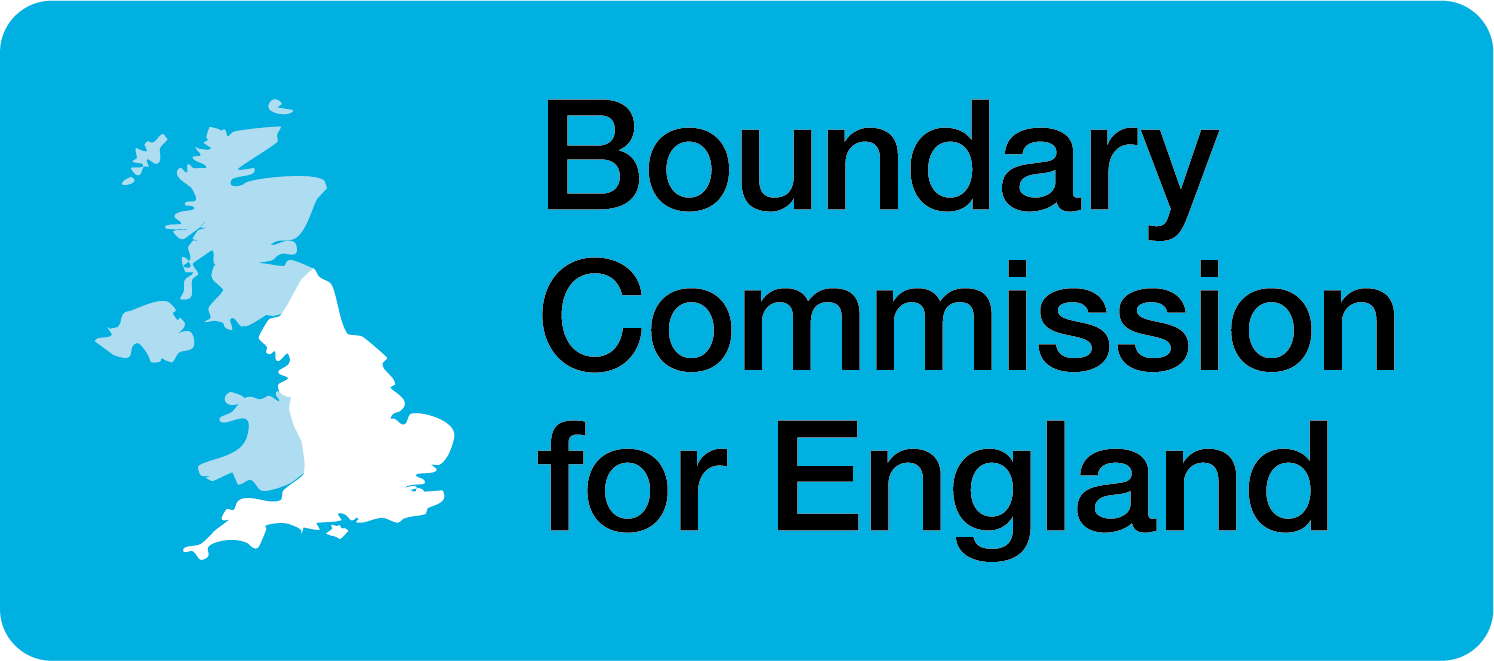Foreword
I became the Deputy Chair of the Boundary Commission for England in June 2020.
The Report that follows is the culmination of over two years of hard work since the review commenced in January 2021. In this report we set out our final recommendations for Parliamentary constituencies in each of the nine regions in England.
As we detail in the first chapter, there are some legal requirements to which the Commission must work. The English constituencies that we propose must be within 5% of the electoral quota. This means that the number of registered Parliamentary electors on the electoral roll for each constituency in England must be between 69,724 and 77,062. In England there are two exceptions: the Isle of Wight by law must have two (whole) constituencies. Otherwise, our recommended constituencies must satisfy this requirement across England.
In formulating patterns of constituencies across England, we inevitably have to make choices. Parliament has set out a number of factors that we may take into account when formulating our recommendations. These are outlined in more detail in the first chapter, but include geographical considerations, boundaries of existing constituencies and local ties. As you would expect, we received many differing views on these factors.
The process set out by Parliament also requires the Commission to undertake public consultations. During the course of the 2023 Review, we held three statutory public consultations, in response to which we received over 60,000 representations in total. We are grateful to all those who participated. Many of those who responded provided thoughtful views on the make-up of constituencies across England and at a local level, including whether our proposals best reflected the statutory factors, and, in some cases, suggesting alternative patterns of constituencies. It is not unusual for some of those responses to be contradictory, particularly when expressing personal views on local ties. We have taken into account all the representations received, but it has not always been possible to incorporate them into our final recommendations because of the other statutory factors.
As we set out in the first chapter, the Commission is an independent and impartial body. While political parties and Members of Parliament do submit representations to the Commission, we consider all representations based on the evidence received and have no regard to the political advantages or disadvantages of our recommendations.
Parliamentary constituency boundary reviews will now take place every eight years (instead of every five years). We have therefore thought it helpful to outline some administrative learning points from the 2023 Review. As we detail, we particularly welcomed the changes in the legislation by Parliament in 2020, which allowed the Commission to convene public hearings in the secondary consultation. We considered that this enabled both better targeting of where to hold public hearings, and more informed participation in them.
The members of the Commission extend profound thanks and gratitude to the Commission Secretariat (led by our Secretary, Tim Bowden, his Deputy Secretary and the Head of Corporate Services) and to our Assistant Commissioners. Part of the 2023 Review took place during the challenging period of the Coronavirus pandemic. We are grateful for everyone’s dedication, hard work, skill and resilience demonstrated throughout the review. Finally, I would personally like to thank my fellow Commissioners, Colin Byrne and Sarah Hamilton. They have brought a wealth of experience and dedication to the review, for which I am most grateful.
The Hon. Mr Justice Lane
Back to top
